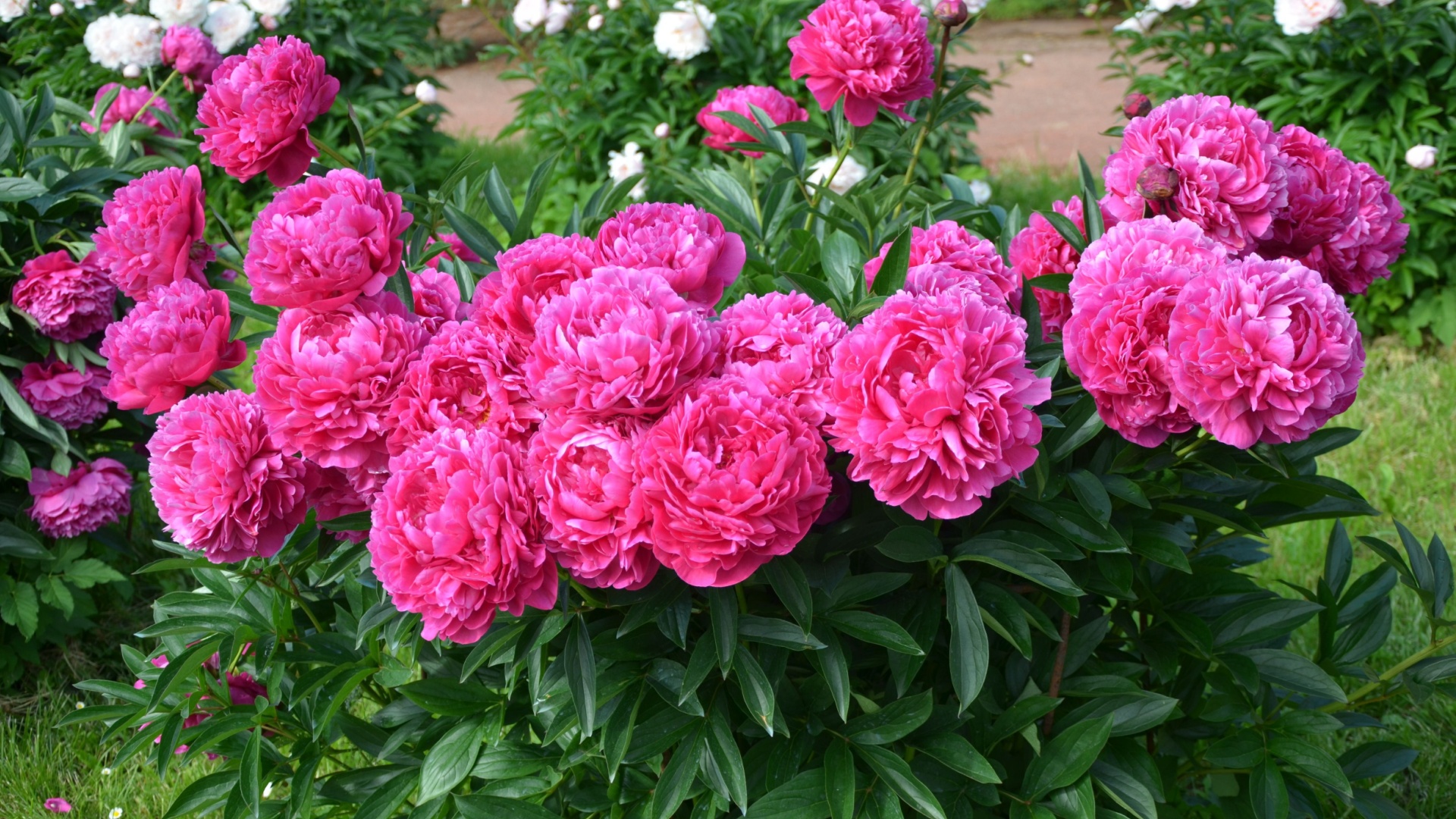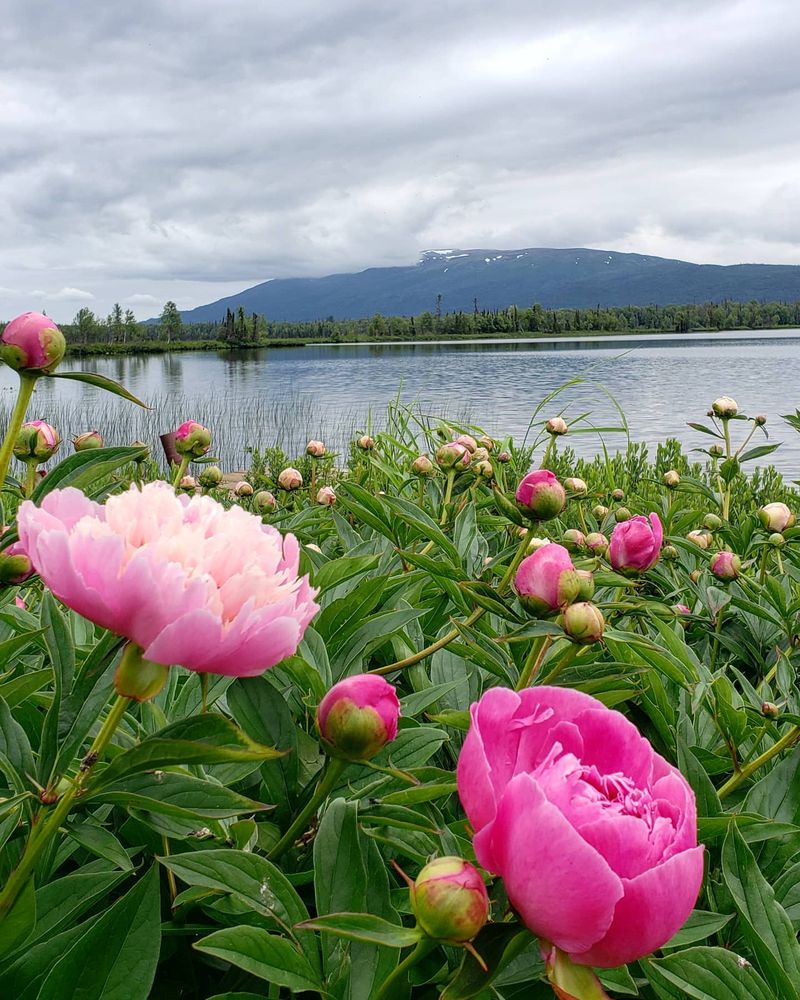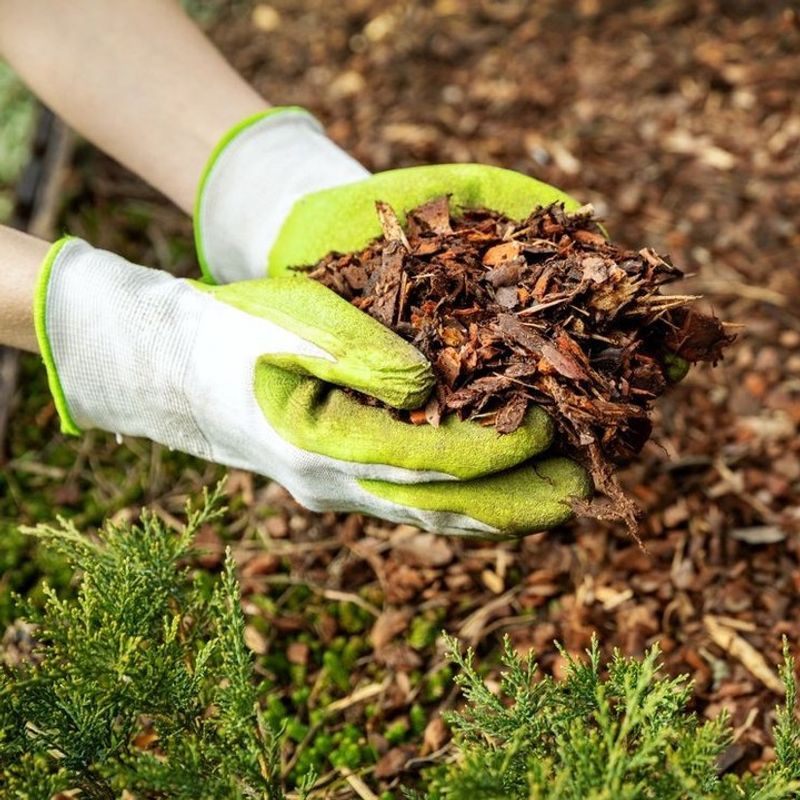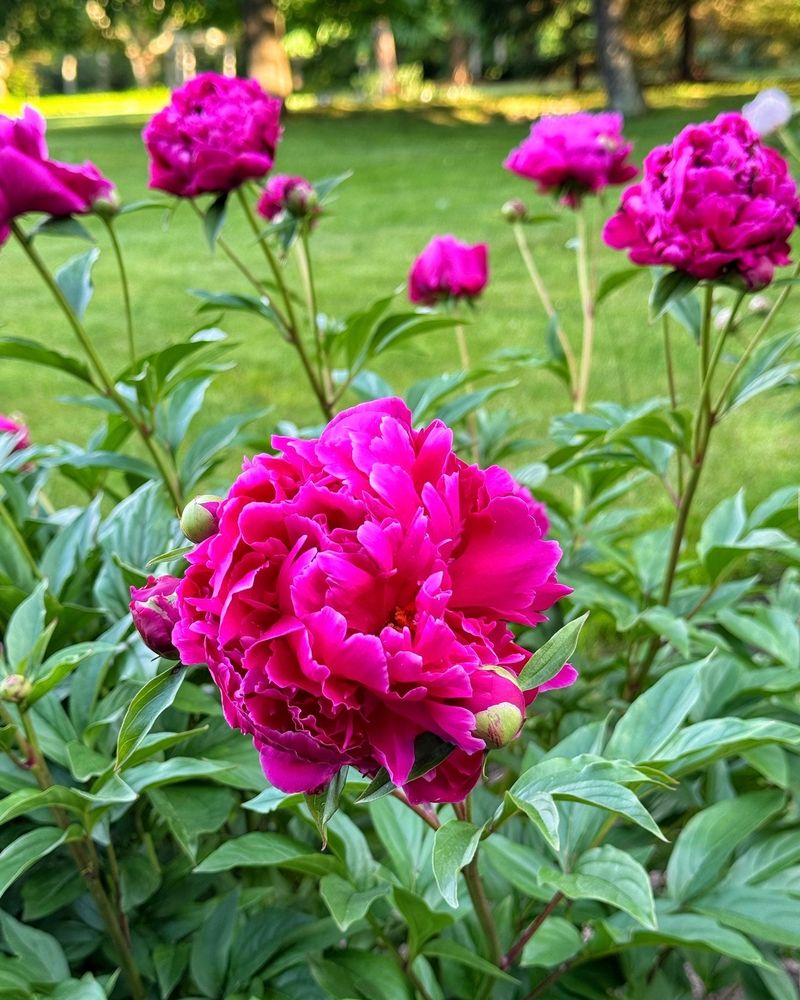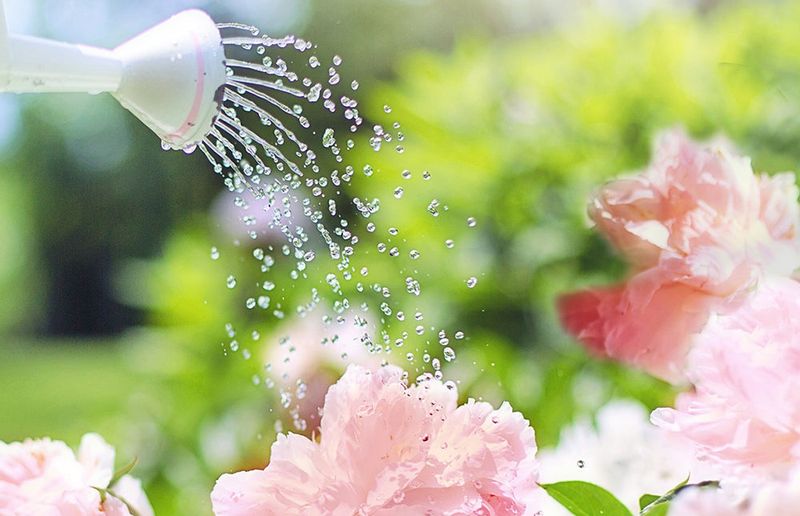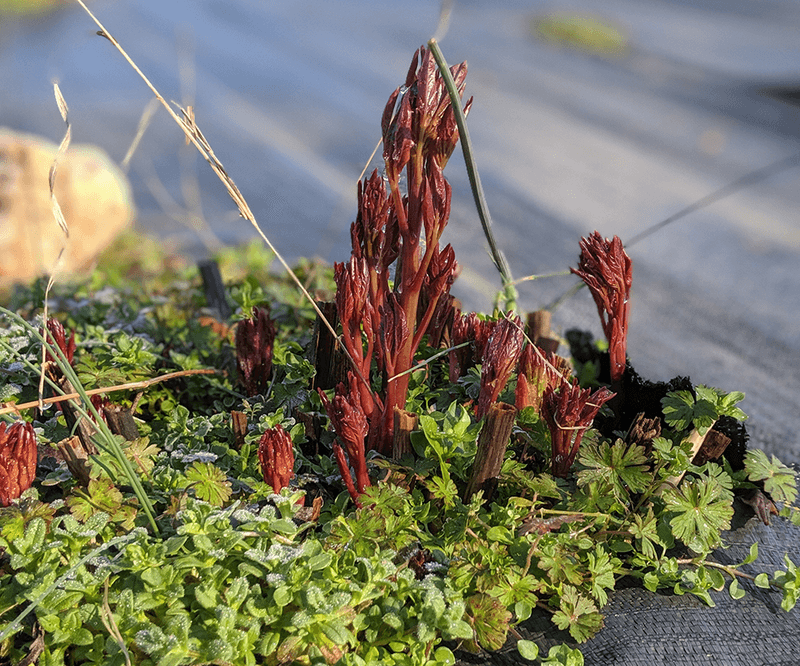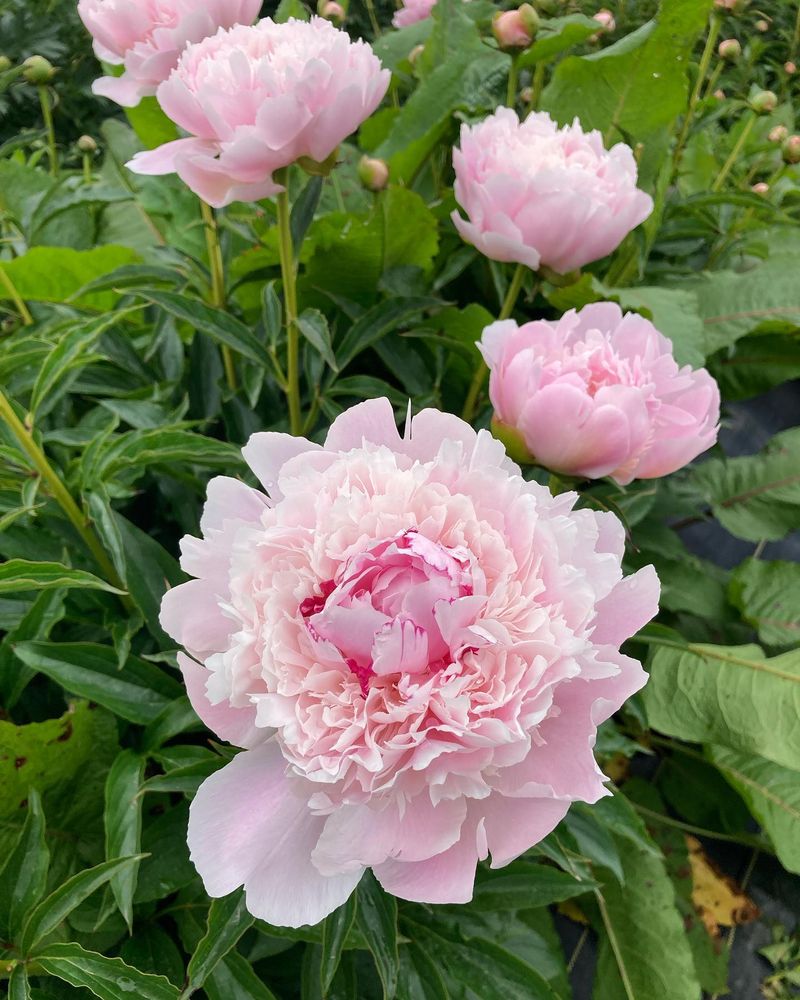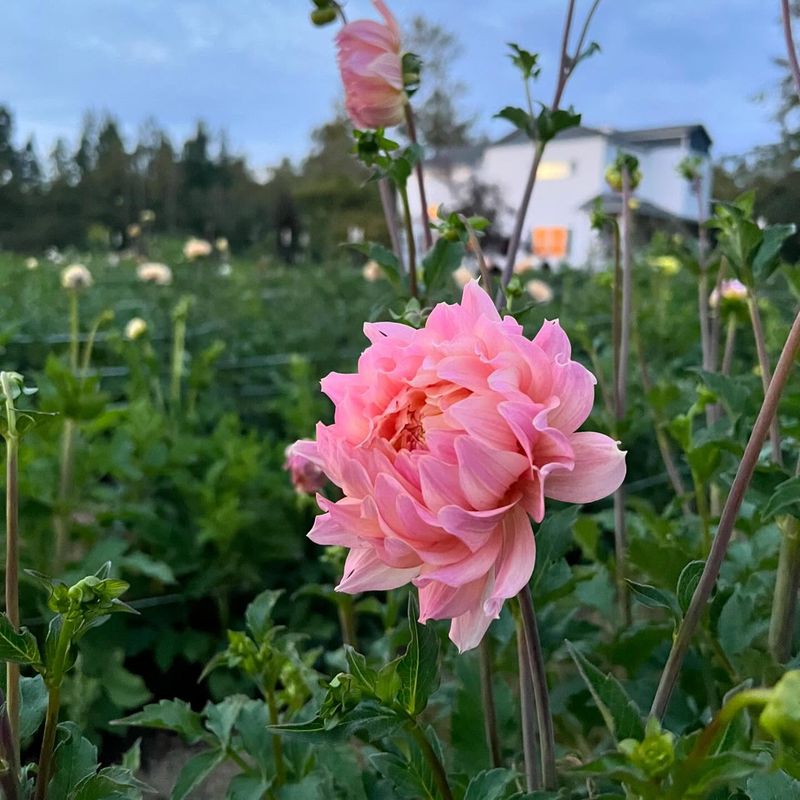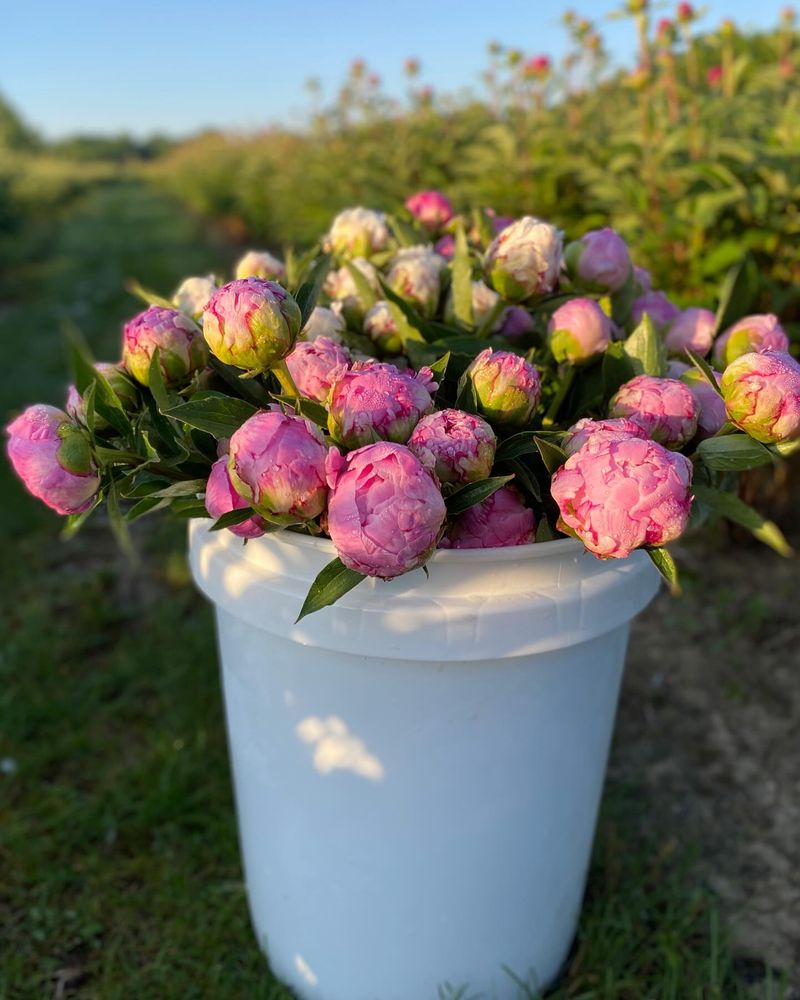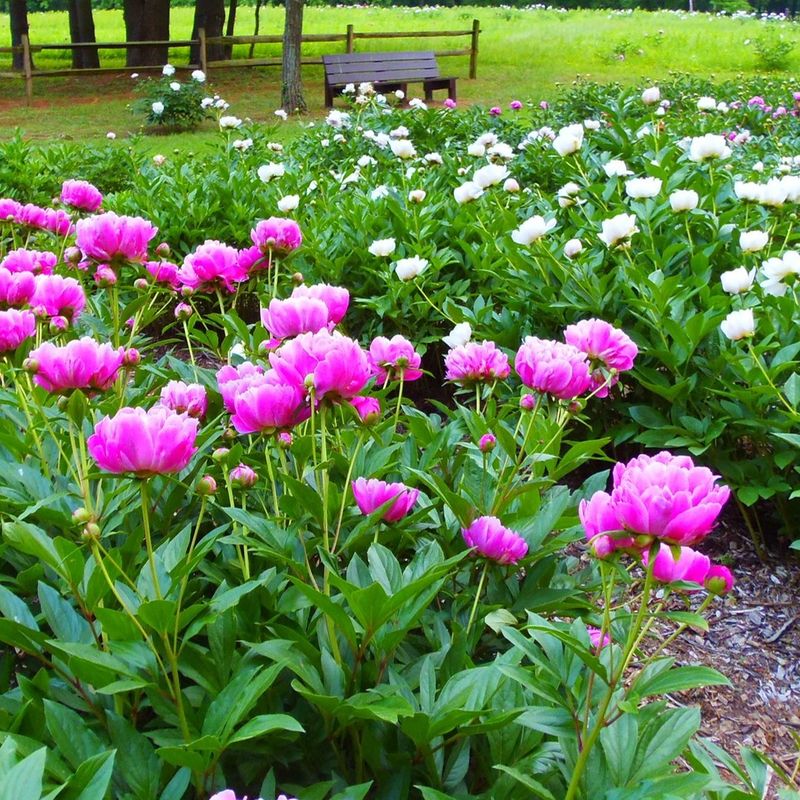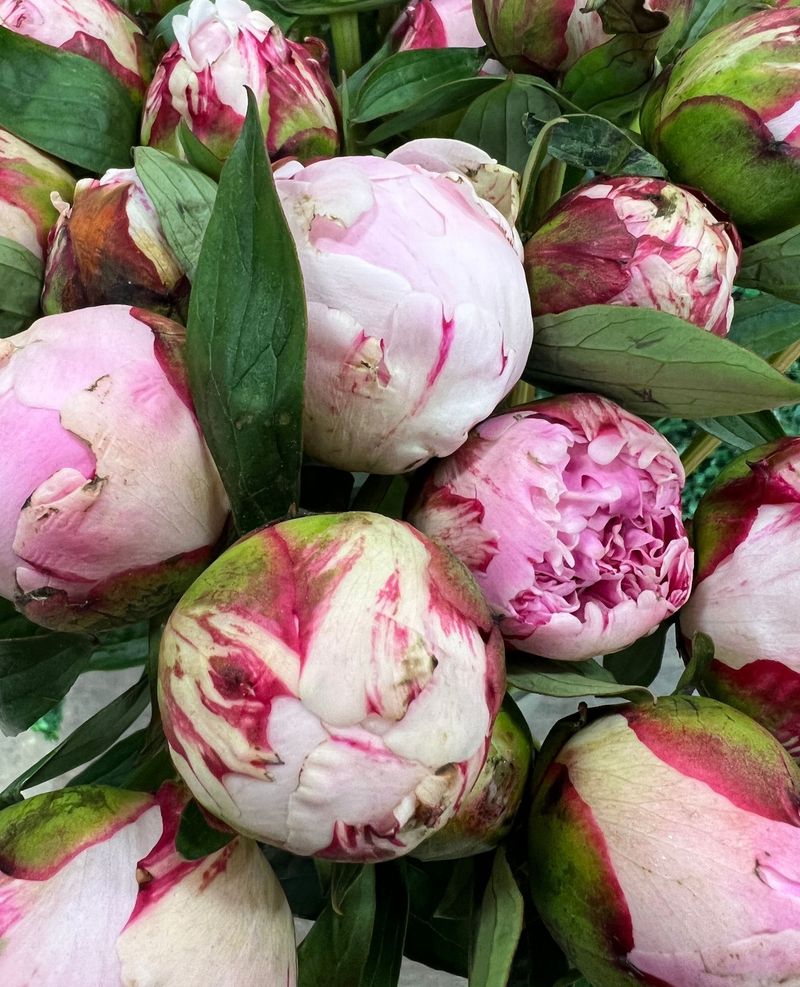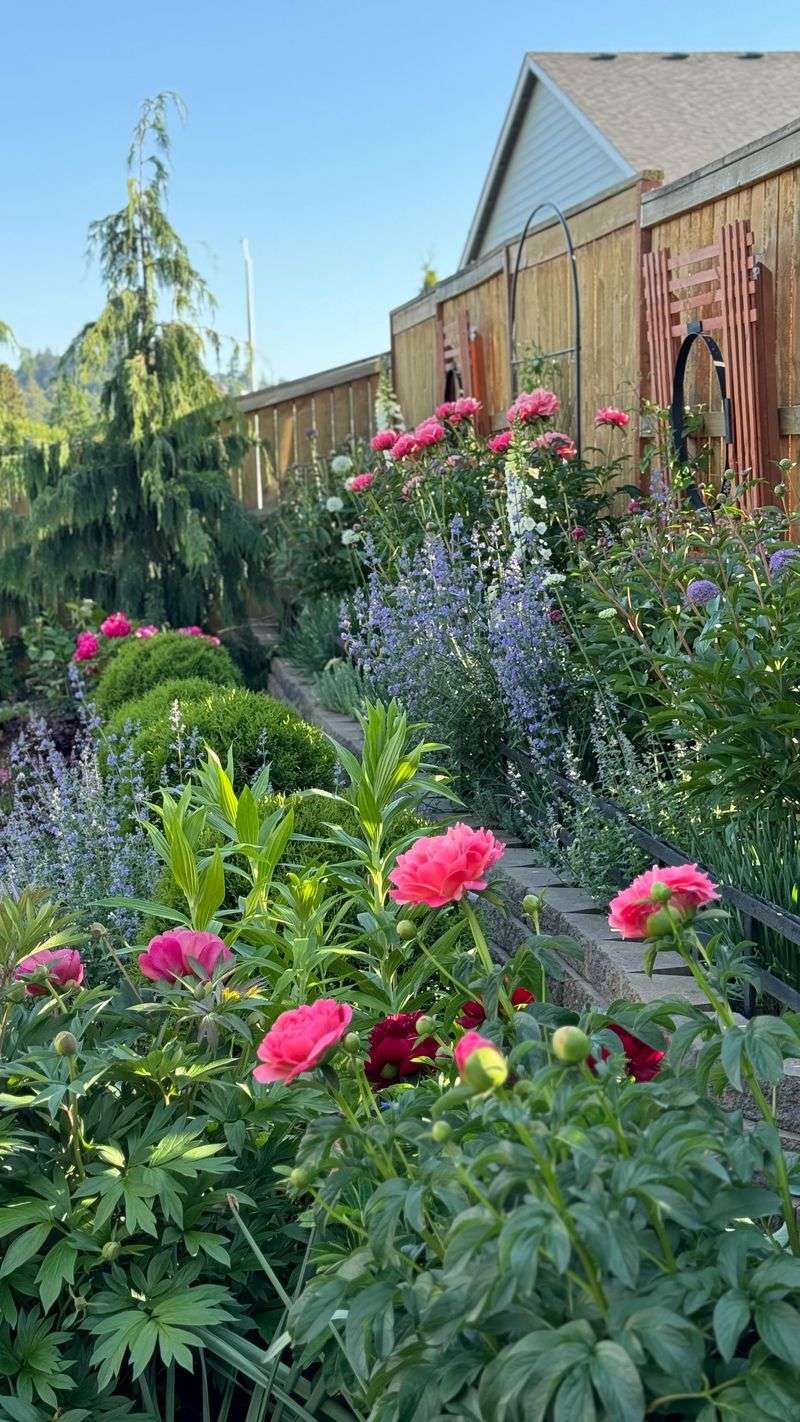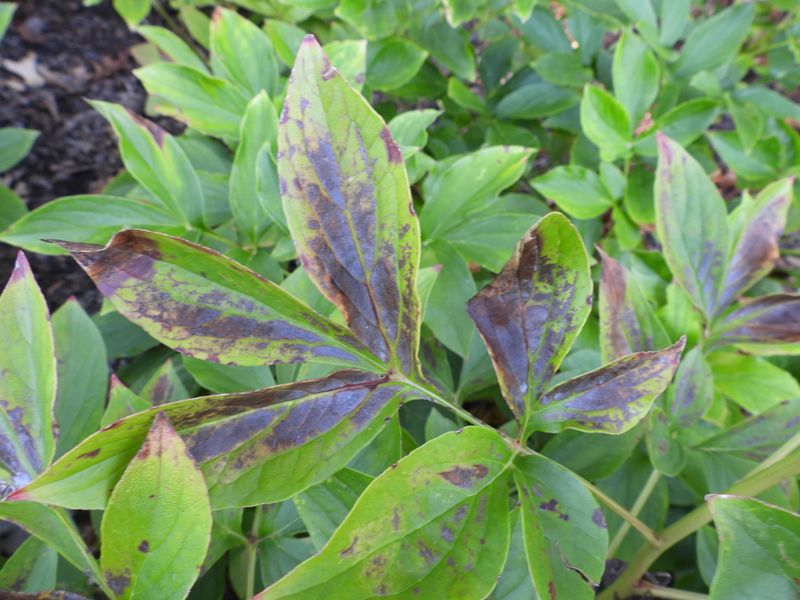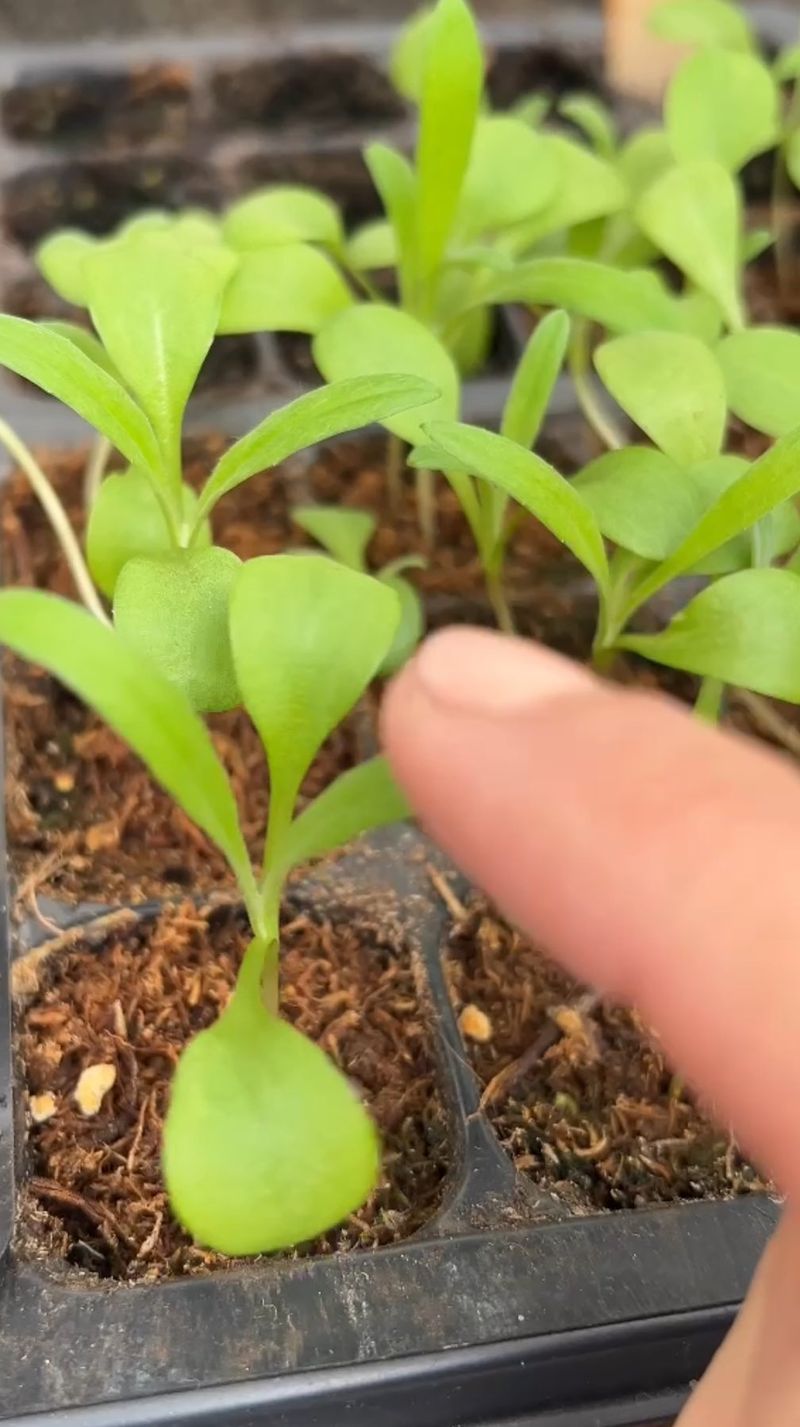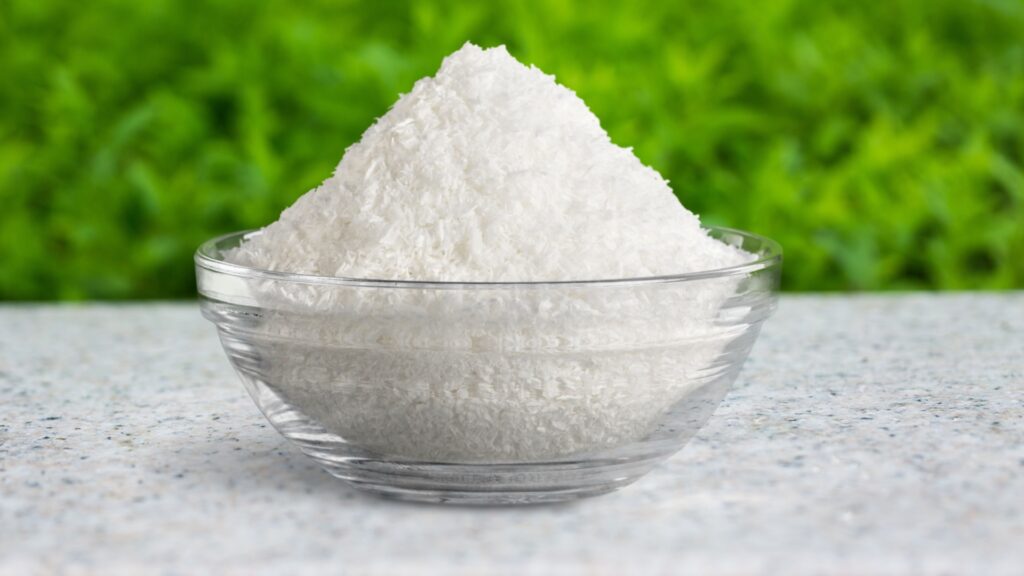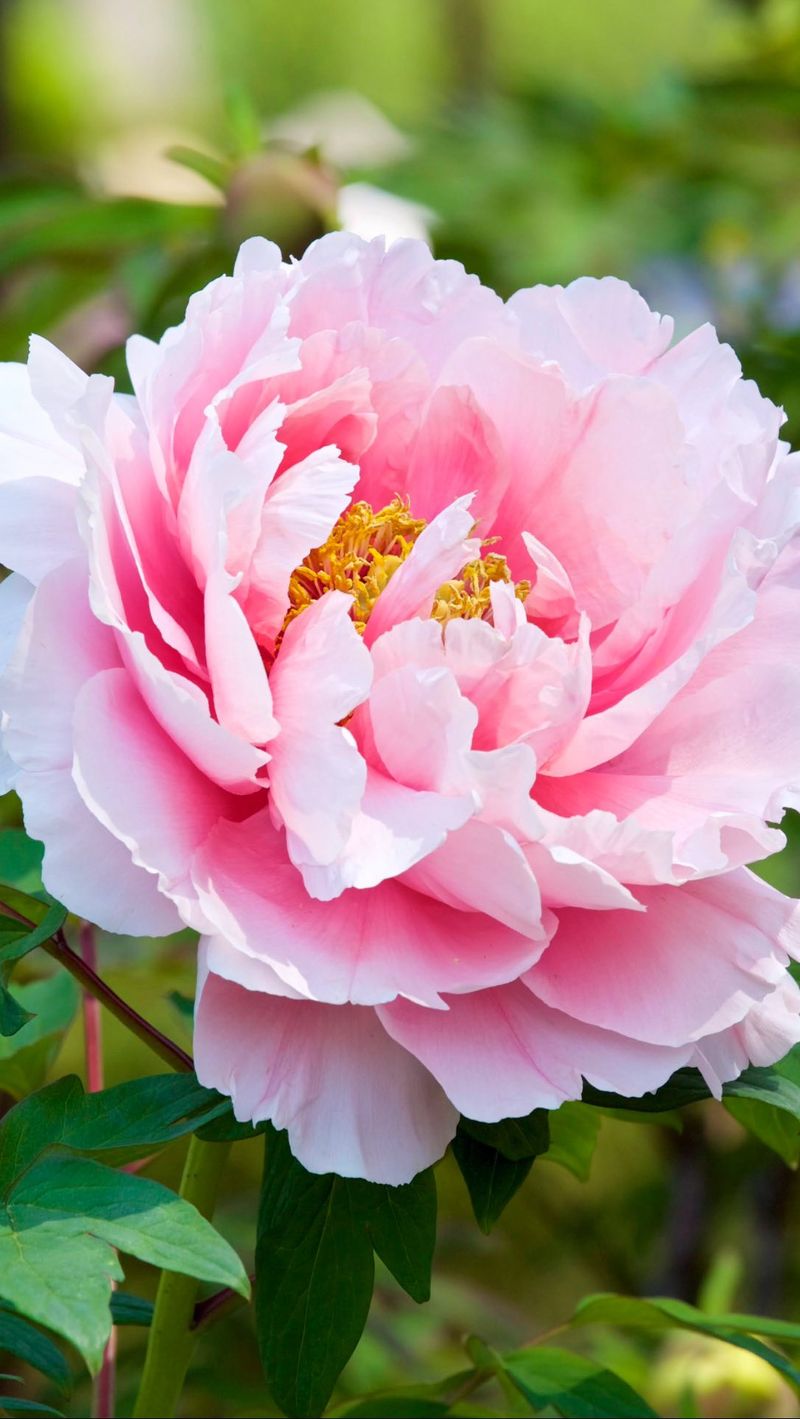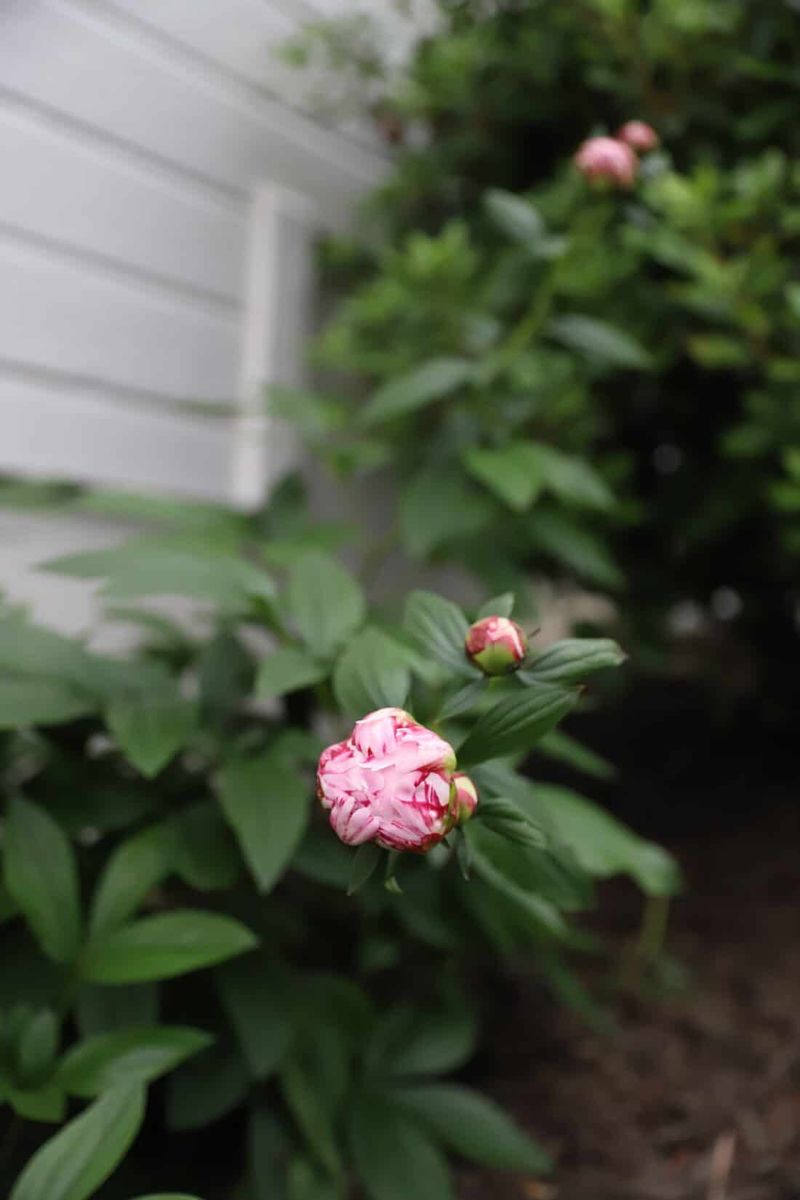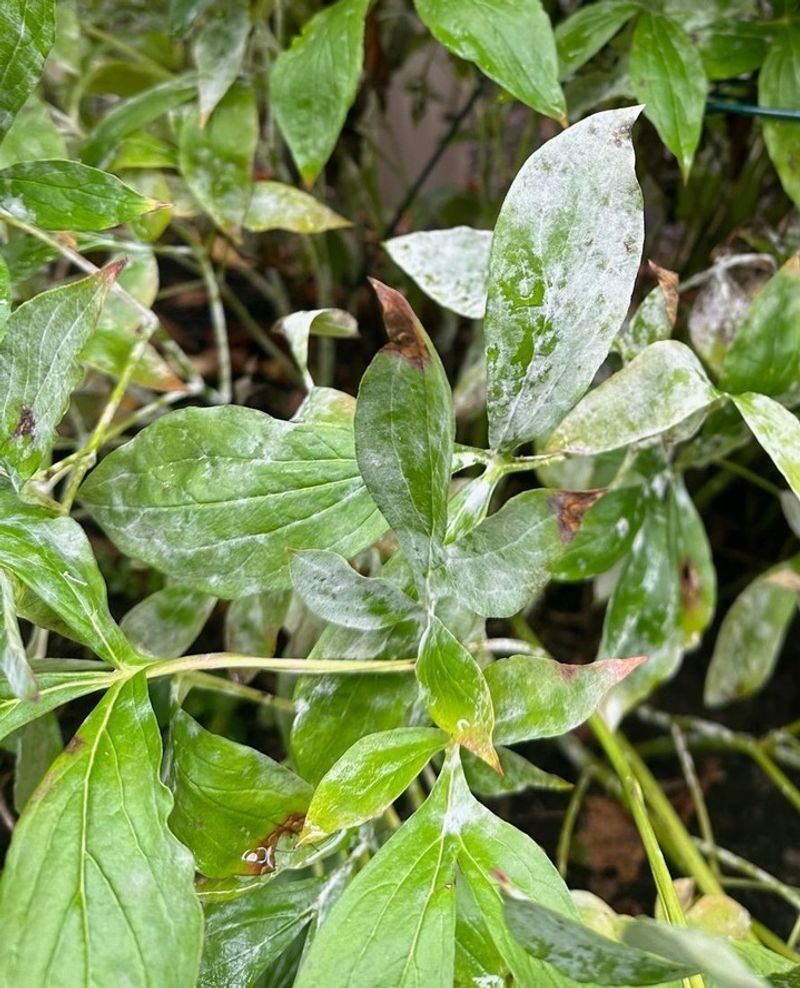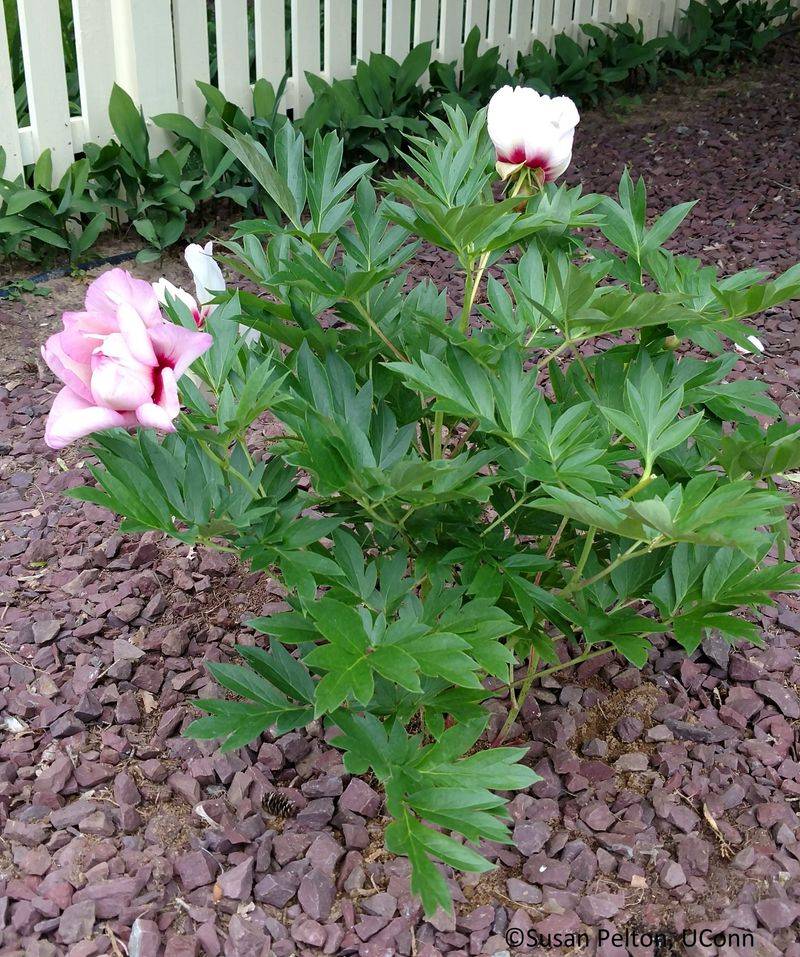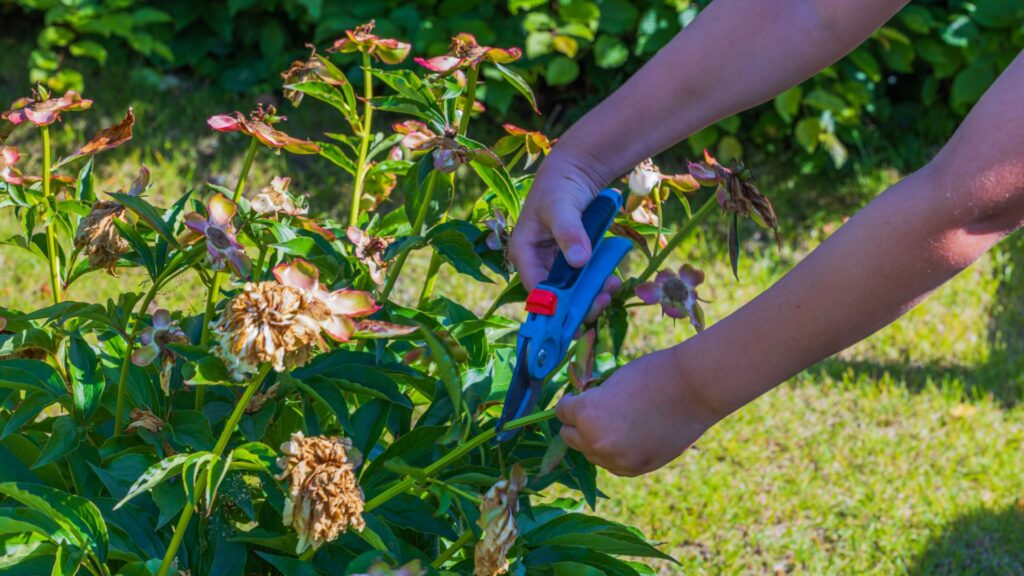Peonies are the crown jewels of the garden, but their fleeting blooms can vanish in the blink of an eye. If you’ve ever waited all year only to watch those lush petals drop like confetti in a storm, you’re not alone.
Luckily, with a few clever tricks up your sleeve, you can keep your peonies strutting their stuff far longer. Don’t let common slip-ups rain on your floral parade—read on to make every bloom count.
1. Plant Different Varieties
Mixing early, mid, and late-blooming peony varieties extends your overall flowering period from 2 weeks to 6 weeks or more. Early bloomers like ‘Coral Charm’ flower in late spring, while late varieties such as ‘Sarah Bernhardt’ bloom well into early summer.
Smart planning with varied cultivars creates a magnificent parade of blossoms that unfolds gradually across your garden. Consider adding tree peonies and intersectional (Itoh) peonies to further expand your bloom calendar.
2. Strategic Placement for Sun Exposure
Positioning peonies in locations with different sun exposure naturally staggers blooming times. Plants in full southern exposure warm up faster and bloom earlier than those in partial shade or northern spots.
By thoughtfully placing your peony plants around your property, you create a natural progression of blooms. The temperature differences between sunny and partially shaded areas can extend your peony season by up to two additional weeks.
3. Mulch for Temperature Regulation
Mulching manipulates soil temperature, influencing when your peonies bloom. Apply thick mulch around certain plants in early spring to keep soil cool and delay flowering by up to 7-10 days.
Conversely, removing mulch from other plants allows soil to warm faster, encouraging earlier blooming. This simple technique creates a staggered blooming schedule within the same variety. Organic mulches like shredded bark or compost work best while also retaining moisture for healthier plants.
4. Climate-Appropriate Varieties
Selecting peony varieties bred for your specific climate zone maximizes bloom performance and longevity. In warmer regions (zones 7-8), choose early-blooming varieties that flower before intense heat arrives, like ‘Kansas’ or ‘Festiva Maxima’.
Northern gardeners benefit from heat-resistant varieties that withstand summer temperature spikes. Climate-adapted peonies produce more robust blooms that last longer, as they’re not fighting environmental stress. Research which cultivars thrive specifically in your region for best results.
5. Proper Hydration Schedule
Consistent watering extends bloom time dramatically. Peonies need about 1-1.5 inches of water weekly during budding and blooming phases. Deep watering encourages strong root development and supports longer-lasting flowers.
Morning watering allows foliage to dry before evening, preventing disease while maximizing moisture absorption. During bloom time, increase watering slightly but avoid soaking the flowers directly. A soaker hose or drip system delivers water efficiently to roots without wetting foliage or delicate blooms.
6. Fertilize at the Right Time
Apply low-nitrogen, phosphorus-rich fertilizer (like 5-10-10) in early spring when shoots are 2-3 inches tall. The phosphorus promotes stronger blooms that last longer, while limiting nitrogen prevents excessive foliage growth that diverts energy from flowers.
A second light application when buds form can extend bloom longevity. Avoid high-nitrogen fertilizers completely during blooming season as they encourage leafy growth at the expense of flowers. Organic options like bone meal work wonderfully for peonies.
7. Deadhead Strategically
Remove spent blooms promptly by cutting just below the faded flower. This prevents the plant from wasting energy on seed production and redirects resources to remaining buds. For plants with multiple buds at different stages, this technique significantly extends overall flowering time.
When deadheading, make clean cuts at a 45-degree angle with sterilized tools. Leave as much foliage as possible intact, as leaves continue photosynthesis to strengthen the plant for next year’s blooms. Regular deadheading also prevents fungal diseases that can spread from decaying petals.
8. Bud Selection Technique
Peonies typically develop multiple buds on each stem. Removing some side buds (disbudding) channels energy to remaining buds, creating larger, longer-lasting blooms. Alternatively, keeping all buds intact creates a staggered bloom sequence on each stem.
For exhibition-quality flowers, remove all side buds, leaving only the central terminal bud. For extended bloom time, pinch off only some side buds from select stems. This advanced technique creates waves of blooms across your peony collection over several weeks.
9. Cut Flower Preservation
Harvest peony buds when they feel like soft marshmallows and show color (known as the “marshmallow stage”). Cut stems in early morning when stems are hydrated, placing them immediately in warm water. These buds open gradually indoors, extending enjoyment.
For maximum vase life, change water daily and add flower preservative. Cut stems at 45-degree angles under water every few days to improve water uptake. Kept cool at night, cut peonies can last 7-10 days, allowing you to enjoy blooms long after garden flowers have faded.
10. Shelter from Harsh Elements
Protecting blooming peonies from heavy rain, strong winds, and intense afternoon sun extends their flowering period substantially. Temporary shelters like garden umbrellas or lightweight row covers shield delicate blooms during inclement weather.
For prized specimens, consider portable canopies during peak bloom. Even partial afternoon shade from strategically placed taller plants can protect peonies from harsh afternoon sun that accelerates petal drop. These simple protective measures can add 4-7 extra days of perfect blooms.
11. Support Structures for Sturdier Blooms
Heavy peony blooms often flop over after rain, shortening their display time. Installing support structures before plants reach 12 inches tall prevents this problem entirely. Metal peony rings, tomato cages, or DIY supports using stakes and twine work wonderfully.
Proper support keeps blooms upright and allows better air circulation, reducing disease risk. The foliage grows through and around the supports, hiding them completely by bloom time. For natural-looking gardens, use green-colored supports that blend with foliage.
12. Companion Planting Strategy
Surrounding peonies with beneficial companion plants enhances bloom quality and duration. Low-growing catmint, hardy geraniums, or lamb’s ears provide living mulch that keeps roots cool and soil moisture consistent during flowering.
These companions also attract pollinators while deterring pests that might damage peony buds. Avoid aggressive plants that compete for nutrients. Well-chosen companions create microclimates that buffer temperature extremes around your peonies, resulting in less stress and longer-lasting blooms.
13. Preventative Disease Management
Healthy peonies bloom longer than those fighting disease. Apply fungicide preventatively before problems appear, especially in humid climates where botrytis blight threatens. Good timing is early spring as shoots emerge and again before flowering.
Maintain excellent air circulation by proper spacing and selective thinning of stems when needed. Remove any diseased foliage immediately. Clean fall garden hygiene prevents disease spores from overwintering. These preventative practices ensure your plants direct energy to extending blooms rather than fighting pathogens.
14. Proper Division Timing
Rejuvenate peonies by dividing them every 7-10 years in early fall (September to October). Properly divided plants produce more abundant, longer-lasting blooms than overcrowded ones. Each division should have 3-5 eyes (growth buds) for fastest reestablishment.
When replanting divisions, position eyes just 1-2 inches below soil surface – deeper planting inhibits flowering. Fresh divisions in properly prepared soil bloom more vigorously and for extended periods than neglected, congested plants. Space new divisions 3-4 feet apart for optimal air circulation.
15. Encourage Blooming With Epsom Salt
Epsom salt (magnesium sulfate) enhances peony blooming by boosting chlorophyll production and improving nutrient absorption, particularly phosphorus. Mix 1 tablespoon of Epsom salt into a gallon of water and apply it to the soil around the base of your peonies once monthly during the growing season.
Magnesium supports strong cell walls and flower development, leading to more vibrant and long-lasting blooms. This natural supplement works especially well in magnesium-deficient soils, but avoid overuse—too much can disrupt soil balance. Always water thoroughly after application to help the minerals reach the roots efficiently.
16. MISTAKE: Improper Planting Depth
Planting peonies too deeply ranks among the most common mistakes gardeners make. When eyes (growth buds) sit more than 2 inches below soil surface, plants produce lush foliage but few or no blooms. This wastes the plant’s energy and drastically shortens potential flowering time.
Shallow planting also creates problems, leaving roots vulnerable to frost heaving in winter. The perfect depth places eyes 1.5-2 inches below soil level. If your peonies produce beautiful leaves but disappointing flowers, they’re likely planted too deeply and should be lifted and repositioned.
17. MISTAKE: Excessive Nitrogen Fertilizer
Applying high-nitrogen fertilizers (like lawn food) near peonies promotes excessive foliage growth at the expense of flowers. The plants become lush and green but produce fewer buds that open more quickly and fade faster.
The nitrogen imbalance also weakens stems, making them more likely to flop over. For peonies, always choose balanced or low-nitrogen formulations (like 5-10-10 or 4-10-12) that emphasize phosphorus for strong blooms. Compost and bone meal make excellent natural alternatives that won’t disrupt the plant’s natural flowering cycle.
18. MISTAKE: Untimely Foliage Removal
Cutting back peony foliage too early devastates next year’s flowering potential. The leaves continue photosynthesizing until fall frost, building energy reserves in the roots that fuel next spring’s blooms.
Premature foliage removal in summer or early fall essentially starves the plant. Allow leaves to yellow naturally before cutting them back to ground level in late fall (October-November). This patience ensures maximum energy storage for producing abundant, long-lasting blooms in the following season.
19. MISTAKE: Overcrowding and Poor Air Circulation
Peonies need space to thrive – crowding them reduces bloom quality and duration dramatically. Without adequate air circulation, humidity builds up around dense foliage, creating perfect conditions for fungal diseases that shorten bloom time.
Ideally, peonies should be spaced 3-4 feet apart. If yours are too close, consider selectively removing some stems throughout the clump to improve airflow. Avoid planting tall, dense perennials that block air movement around your peonies. Good spacing also allows each plant to access sufficient nutrients and water.
20. MISTAKE: Cutting Blooms Too Late
Waiting too long to cut peonies for indoor display shortens their vase life and weakens the plant. Fully open blooms are delicate and fade quickly once cut, leaving little time to enjoy them indoors and sapping the plant’s energy during peak bloom.
For best results, cut peonies at the “marshmallow” bud stage—when buds are soft and showing color but not yet open. This ensures a longer vase life and reduces stress on the plant. Late cutting also risks spreading disease from damaged petals or stems. Harvest early in the morning for maximum freshness and hydration.

